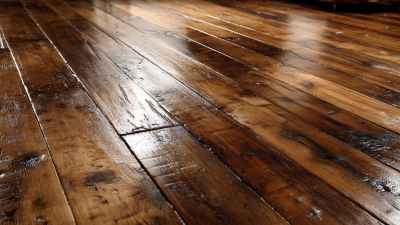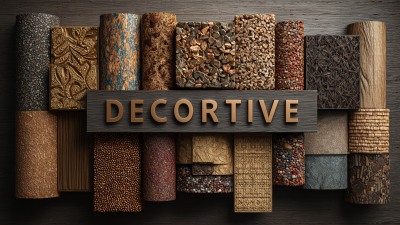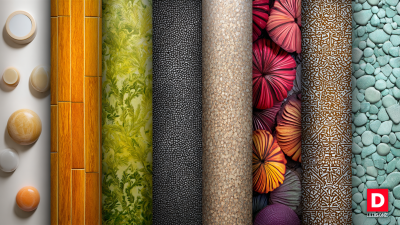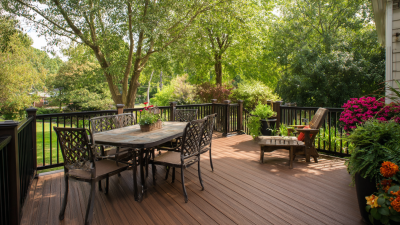Selecting the right materials for outdoor projects is crucial for ensuring longevity and durability, and when it comes to wood, the term "Waterproof Wood" becomes increasingly significant. According to a report by the Wood Products Council, nearly 30% of outdoor structures fail within the first five years due to inadequate moisture resistance. This alarming statistic highlights the importance of choosing wood that can withstand the elements, particularly in regions with high humidity or heavy rainfall. Advances in treatment technologies have led to the development of various waterproof wood options, which not only enhance the lifespan of outdoor constructions but also maintain aesthetic appeal over time. By understanding the different types of waterproof wood available, homeowners and contractors can make informed decisions that provide both functional and financial benefits in their outdoor projects.
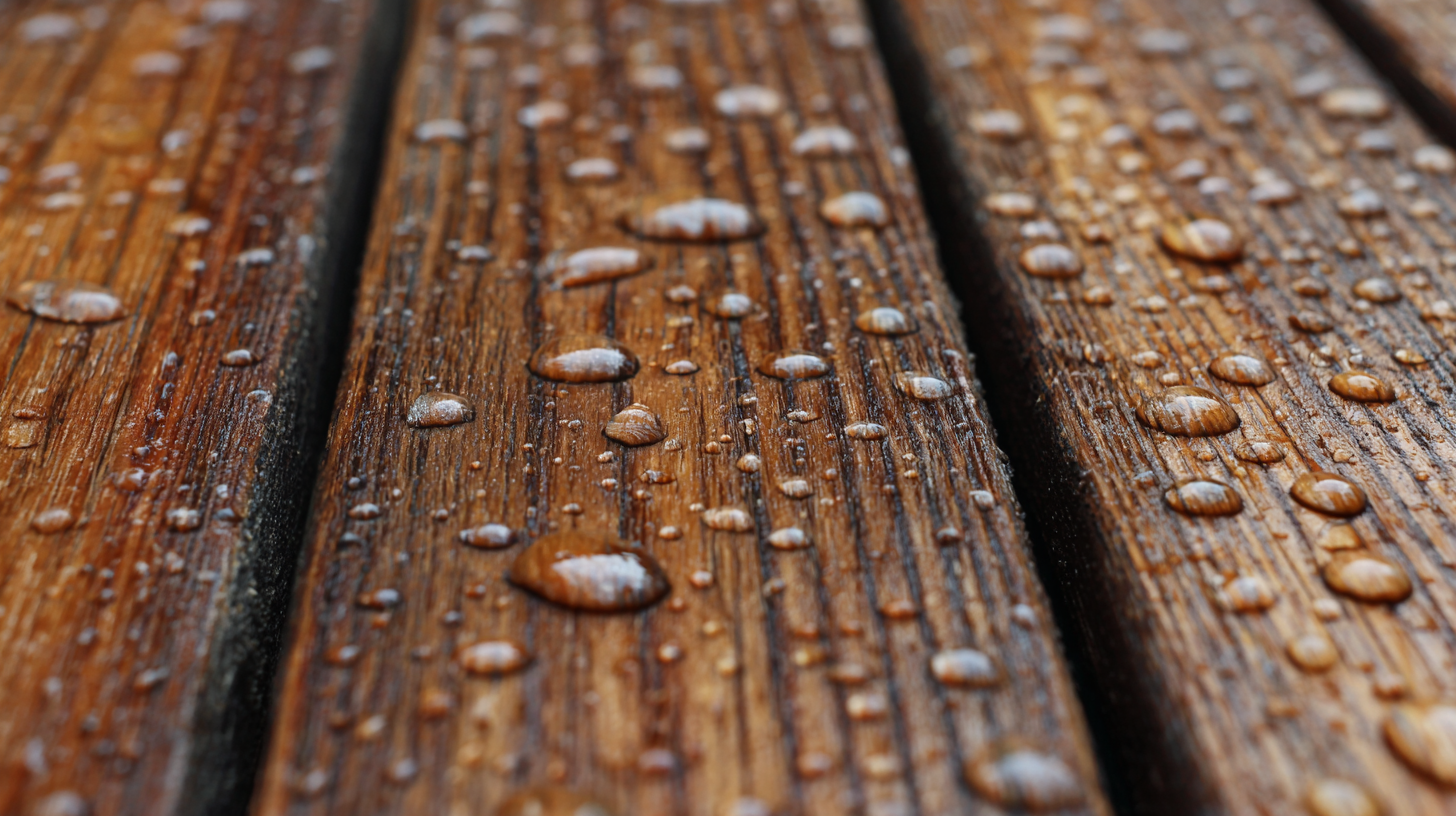
When selecting waterproof wood for outdoor projects, it's essential to understand the various types available in the market. Primarily, wood can be treated or naturally water-resistant. Treated wood, such as pressure-treated pine, is infused with chemicals that enhance its resistance to moisture, decay, and insect damage. According to a report by the American Wood Protection Association, pressure-treated wood can last up to 30 years, making it a popular choice for decks and fences.
Alternatively, naturally waterproof wood species, such as teak, redwood, and cedar, boast inherent oils that help repel water. Teak, renowned for its durability, can endure harsh weather conditions and has a life expectancy of over 50 years when properly maintained, as per the Wood Database. Another option is marine-grade plywood, which is specially designed for use in humid environments and water exposure. This plywood is constructed using waterproof adhesives and is typically made of hardwood species, ensuring longevity in boat building and outdoor structures. Understanding these options helps in making informed decisions that meet project requirements while maximizing durability.
| Type of Waterproof Wood | Durability | Common Uses | Maintenance Needs | Price Range (per sqft) |
|---|---|---|---|---|
| Cedar | Moderately durable | Decking, fencing, outdoor furniture | Low; occasional sealing recommended | $3 - $6 |
| Teak | Highly durable | Luxury outdoor furniture, marine applications | Low; periodic oiling recommended | $10 - $20 |
| Redwood | Moderately durable | Decking, hot tubs, outdoor structures | Medium; sealing every few years | $6 - $12 |
| Pressure-Treated Pine | Durable | Decking, fencing, homeowner projects | Medium; regular treatment needed | $2 - $5 |
| Ipe | Extremely durable | High-end decking, boardwalks | Low; occasional oiling | $15 - $30 |
When selecting waterproof wood for outdoor projects, evaluating durability is crucial. The primary factors influencing wood durability include the type of wood, treatment processes, and the natural resistance to moisture and decay.
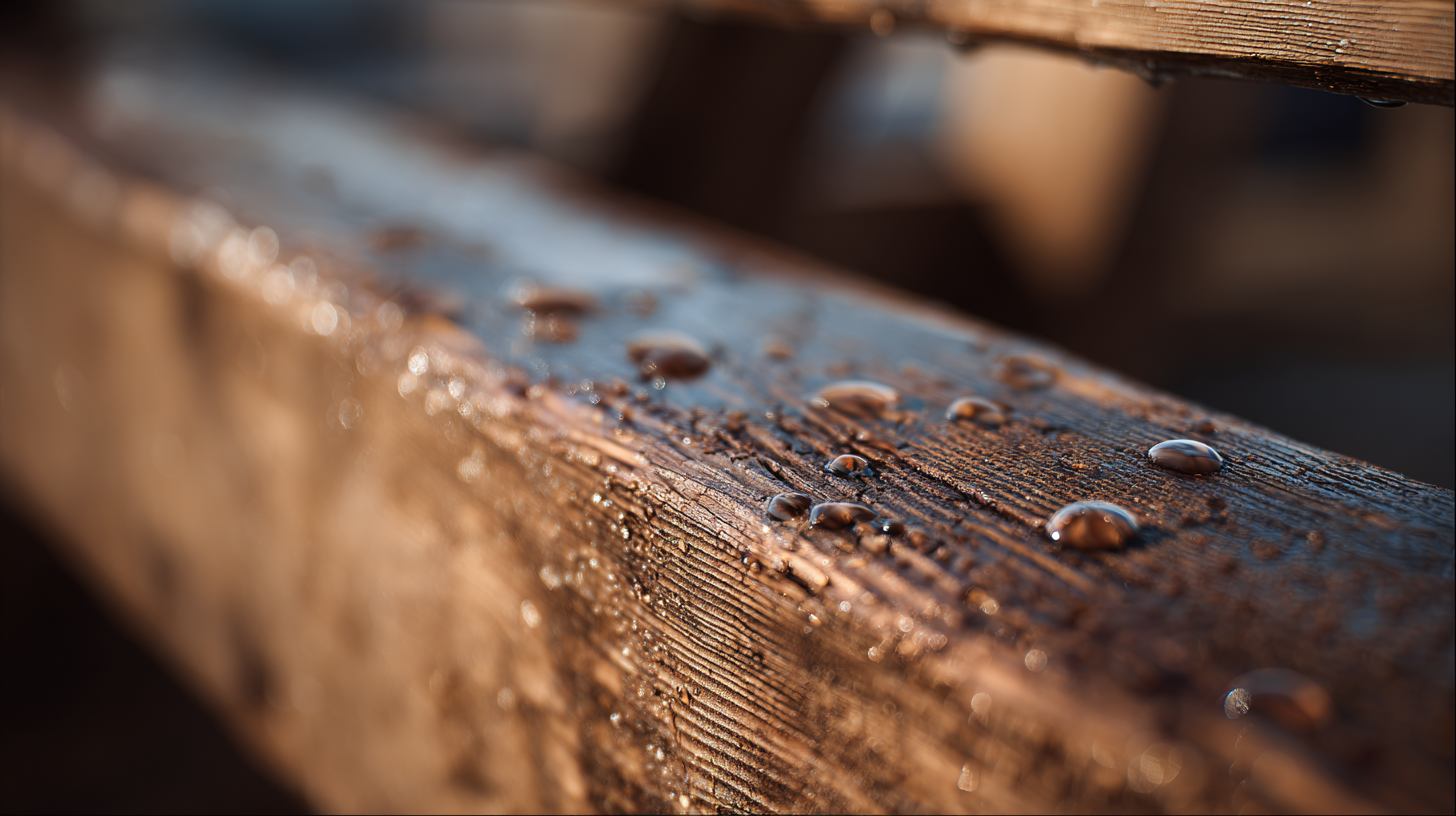 Hardwoods like teak, mahogany, and cedar are renowned for their ability to withstand the elements due to their dense structure and natural oils. Additionally, look for wood that has undergone pressure treatment or has been infused with preservatives, which can drastically enhance its longevity by creating a barrier against water and insects.
Hardwoods like teak, mahogany, and cedar are renowned for their ability to withstand the elements due to their dense structure and natural oils. Additionally, look for wood that has undergone pressure treatment or has been infused with preservatives, which can drastically enhance its longevity by creating a barrier against water and insects.
Maintenance requirements also play a vital role in choosing the right waterproof wood. While some woods can last years with minimal upkeep, others may require frequent sealing or refinishing to maintain their protective properties. Regular application of water-repellent finishes can help prolong the life of wood exposed to harsh weather conditions. Furthermore, understanding the specific maintenance schedule for your selected wood will ensure it remains both beautiful and functional over time, helping to minimize repairs and replacements in the future.
When selecting the best waterproof wood for outdoor projects, evaluating both cost and performance is crucial. According to the Wood Database, species like Teak and Ipe are often favored for their high natural oils, making them inherently resistant to water and decay. Teak, for example, boasts a lifespan of up to 50 years in outdoor conditions, but the cost can reach $10 to $20 per board foot. In contrast, Ipe, while similarly durable, can range from $4 to $9 per board foot, offering a more budget-friendly option without sacrificing longevity.
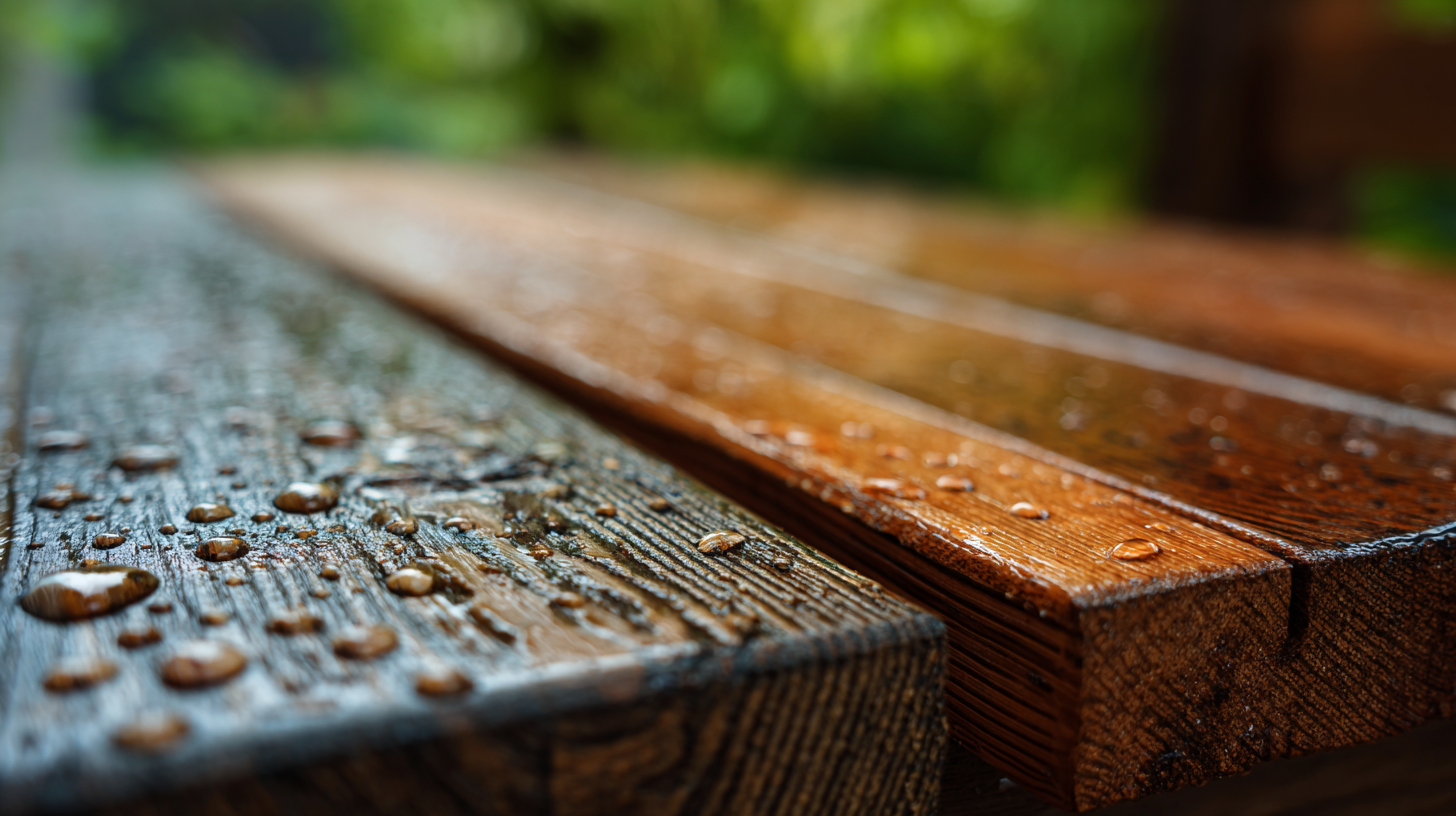
On the other hand, less expensive options like Cedar can perform well for about 15-20 years with proper maintenance. While Cedar's upfront cost is around $2 to $5 per board foot, its longevity is significantly shorter compared to premium species. A recent report by the Forest Products Laboratory emphasizes that the initial savings might be offset by frequent maintenance and early replacement costs. Thus, understanding the balance between upfront investment and long-term durability can lead to more informed choices for outdoor construction projects, ensuring both quality and value.
When selecting waterproof wood for outdoor projects, it is crucial to assess the environmental impact and sustainability of your choices. The Forest Stewardship Council (FSC) reports that sustainably harvested wood products can help maintain biodiversity and conserve wildlife habitats. Choosing FSC-certified wood ensures that your project not only meets performance needs but also supports responsible forest management practices. This certification verifies that the wood is sourced from forests that are managed in an environmentally conscious manner, maintaining ecological balance and supporting local communities.
Furthermore, studies from the global industry association Wood Products Council indicate that using treated wood, such as acetylated or thermally modified wood, can enhance durability while minimizing environmental harm. These treatments provide resistance to moisture and pests without the use of harmful chemicals, ensuring a safer choice for both the environment and your health. By investing in sustainably sourced and treated waterproof wood, you're making a significant commitment to ecological responsibility, reducing your project's carbon footprint and promoting resource conservation.
When working with waterproof wood for outdoor projects, proper treatment and finishing techniques are essential to enhance durability and longevity. Begin by selecting high-quality, naturally resistant woods like teak or cedar, which can withstand moisture effectively. Before application, ensure that the wood surface is clean and dry, removing any dirt or old finishes that may interfere with the treatment process.
Once prepared, applying a suitable wood preservative is crucial. Choose treatments that are specifically designed for outdoor use, as these provide a protective barrier against moisture and UV damage. After the preservative has dried, consider finishing with a waterproof sealant or oil, which will create an additional layer of protection. Regular maintenance, such as reapplying these treatments annually, will help maintain the wood's appearance and structural integrity against the elements, ensuring your outdoor projects look beautiful and remain functional for years to come.
